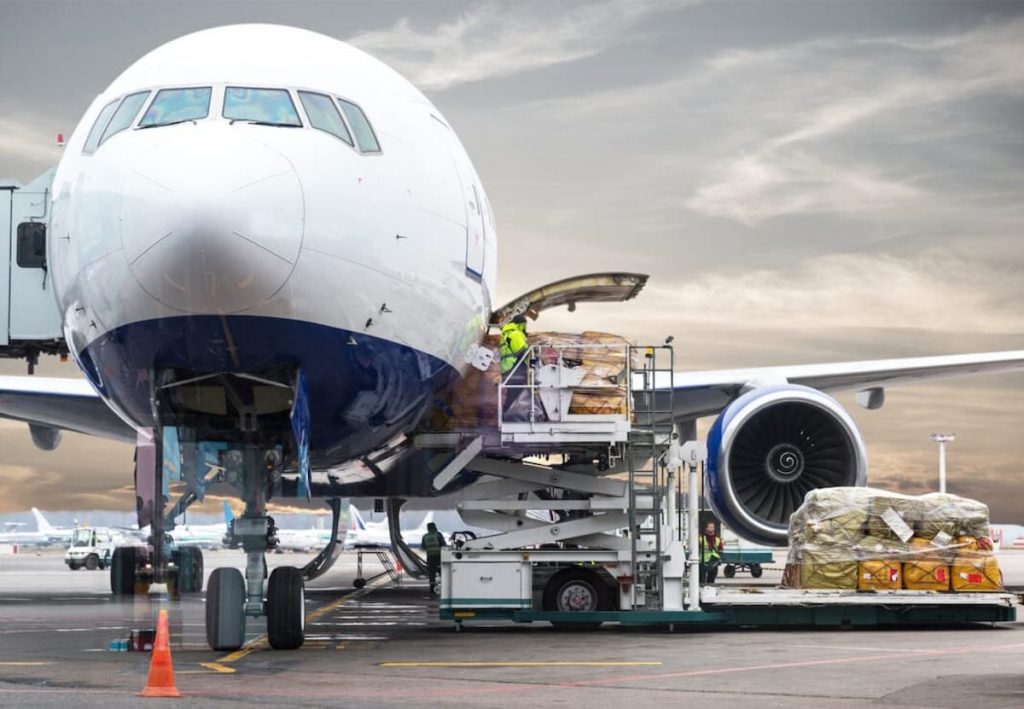International Air Transport Association (IATA) has said African airlines saw overall cargo volumes decline 6.2 percent in March 2023 compared to March 2022.
The latest update of the global aviation body indicated that capacity was 4.1 percent below March 2022 levels.
According to logupdateafrica.com, “This was an improvement in performance compared to the previous month (-7.4 percent). Notably, Africa to Asia routes experienced significant cargo demand growth in March.” Global demand, measured in cargo tonne-kilometres (CTKs), fell 7.7 percent in March compared to March 2022 (-8.1 percent for international operations).
“This was a slight improvement over February 2023 performance (-9.4 percent) and half the rate of annual decline seen in January and December (-16.8 percent and -15.6 percent, respectively). At this point, it is unclear if this is a potentially modest start of an improvement trend or the upside of market volatility. Irrespective of this, March performance slipped back into negative territory compared to pre-Covid levels (-8.1 percent).”
Capacity (measured in available cargo tonne-kilometres, ACTK) increased 9.9 percent YoY. “The strong uptick in ACTKs reflects the addition of belly capacity as the passenger side of the business continues to recover.”
Willie Walsh, Director General, IATA says: “Air cargo had a volatile first quarter. In March, overall demand slipped back below pre-Covid-19 levels and most of the indicators for the fundamental drivers of air cargo demand are weak or weakening. While the trading environment is tough, there is some good news. Airlines are getting help in managing through the volatility with yields that have remained high and fuel prices that have moderated from exceptionally high levels. Looking ahead, with inflation reducing in G7 countries, policy makers are expected to ease economic cooling measures and that would stimulate demand.”
Regional performance
Asia-Pacific airlines saw their air cargo volumes decrease by 7.3 percent in March 2023 compared to the same month in 2022. This was a slight decrease in performance compared to February (-5.4 percent). “The drop in demand suggests that air cargo traffic in the region has not yet stabilised following China’s reopening in January. Available capacity in the region increased by 23.6 percent compared to March 2022 as more belly capacity came online from the passenger side of the business.”
North American carriers posted the weakest performance of all regions with a 9.4 percent decrease in volumes compared to the same month in 2022.
“The transatlantic route between North America and Europe saw traffic declining at an accelerated pace throughout March. Capacity increased 0.4 percent compared to March 2022.”
European carriers saw the most substantial improvement in demand in March over the previous month. Airlines in the region saw volumes decrease by 7.8 percent in March 2023 compared to the same month in 2022. This was an improvement in performance versus February (-15.9 percent). “Airlines in the region continue to be most affected by the war in Ukraine. Capacity increased 8.8 percent in March 2023 compared to March 2022.”
Middle Eastern carriers experienced a 5.5 percent year-on-year decrease in volumes in March 2023. “This was also an improvement to the previous month’s decline (-7.1 percent). The demand on Middle East-Europe routes has been trending upward in recent months. Capacity increased 9.7 percent compared to March 2022.”
Latin American carriers had the strongest performance of all regions in March despite posting a decline in performance over the previous month. “Carriers in the region reported a 5.3 percent decrease in cargo volumes in March 2023 compared to March 2022. This was a drop in performance compared to February which saw a 2.9 percent decline. Capacity in March was up 12.9 percent compared to the same month in 2022.”
International Air Transport Association (IATA) has said African airlines saw overall cargo volumes decline 6.2 percent in March 2023 compared to March 2022.
The latest update of the global aviation body indicated that capacity was 4.1 percent below March 2022 levels.
According to logupdateafrica.com, “This was an improvement in performance compared to the previous month (-7.4 percent). Notably, Africa to Asia routes experienced significant cargo demand growth in March.” Global demand, measured in cargo tonne-kilometres (CTKs), fell 7.7 percent in March compared to March 2022 (-8.1 percent for international operations).
“This was a slight improvement over February 2023 performance (-9.4 percent) and half the rate of annual decline seen in January and December (-16.8 percent and -15.6 percent, respectively). At this point, it is unclear if this is a potentially modest start of an improvement trend or the upside of market volatility. Irrespective of this, March performance slipped back into negative territory compared to pre-Covid levels (-8.1 percent).”
Capacity (measured in available cargo tonne-kilometres, ACTK) increased 9.9 percent YoY. “The strong uptick in ACTKs reflects the addition of belly capacity as the passenger side of the business continues to recover.”
Willie Walsh, Director General, IATA says: “Air cargo had a volatile first quarter. In March, overall demand slipped back below pre-Covid-19 levels and most of the indicators for the fundamental drivers of air cargo demand are weak or weakening. While the trading environment is tough, there is some good news. Airlines are getting help in managing through the volatility with yields that have remained high and fuel prices that have moderated from exceptionally high levels. Looking ahead, with inflation reducing in G7 countries, policy makers are expected to ease economic cooling measures and that would stimulate demand.”
Regional performance
Asia-Pacific airlines saw their air cargo volumes decrease by 7.3 percent in March 2023 compared to the same month in 2022. This was a slight decrease in performance compared to February (-5.4 percent). “The drop in demand suggests that air cargo traffic in the region has not yet stabilised following China’s reopening in January. Available capacity in the region increased by 23.6 percent compared to March 2022 as more belly capacity came online from the passenger side of the business.”
North American carriers posted the weakest performance of all regions with a 9.4 percent decrease in volumes compared to the same month in 2022.
“The transatlantic route between North America and Europe saw traffic declining at an accelerated pace throughout March. Capacity increased 0.4 percent compared to March 2022.”
European carriers saw the most substantial improvement in demand in March over the previous month. Airlines in the region saw volumes decrease by 7.8 percent in March 2023 compared to the same month in 2022. This was an improvement in performance versus February (-15.9 percent). “Airlines in the region continue to be most affected by the war in Ukraine. Capacity increased 8.8 percent in March 2023 compared to March 2022.”
Middle Eastern carriers experienced a 5.5 percent year-on-year decrease in volumes in March 2023. “This was also an improvement to the previous month’s decline (-7.1 percent). The demand on Middle East-Europe routes has been trending upward in recent months. Capacity increased 9.7 percent compared to March 2022.”
Latin American carriers had the strongest performance of all regions in March despite posting a decline in performance over the previous month. “Carriers in the region reported a 5.3 percent decrease in cargo volumes in March 2023 compared to March 2022. This was a drop in performance compared to February which saw a 2.9 percent decline. Capacity in March was up 12.9 percent compared to the same month in 2022.”
SOURCE: ATQ News





